SIT Iceland program set to achieve net-zero energy impact
August 8th, 2019 | SIT Study Abroad
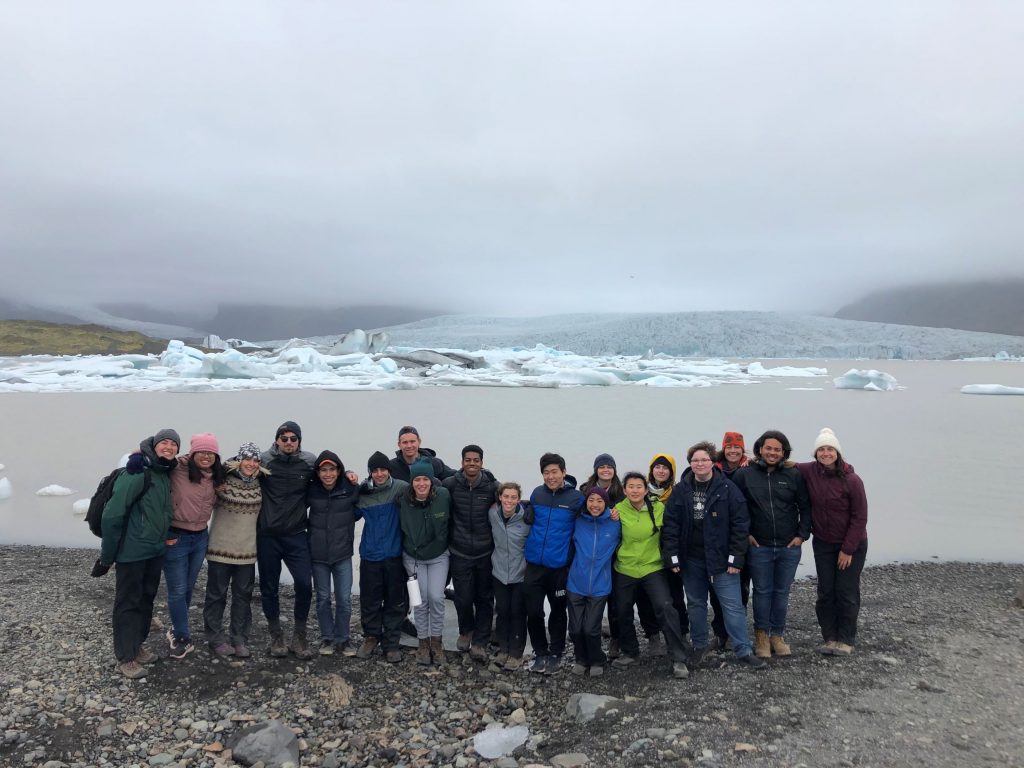
Leave no trace. It’s what we’re taught when we go into the wilderness. Increasingly, that advice is being applied to how we live our lives on this planet, including how we travel. Now, a group of 20 SIT Study Abroad students looks forward to achieving that goal. Their 2019 summer program, the first track of SIT Iceland: Renewable Energy, Technology, and Resource Economics is set to become one of the first in the energy-hungry U.S. study abroad market to achieve carbon neutrality.
SIT Academic Director Michelle Stewart and lecturer Guðmundur Sigurðarson worked with local officials in the green-energy city of Akureyri to devise a way for SIT to offset the environmental impact of students’ air and ground travel. Together, they developed a plan to plant about 220 trees in the greenbelt, or “green scarf,” that surrounds the city of about 19,000 in northern Iceland.
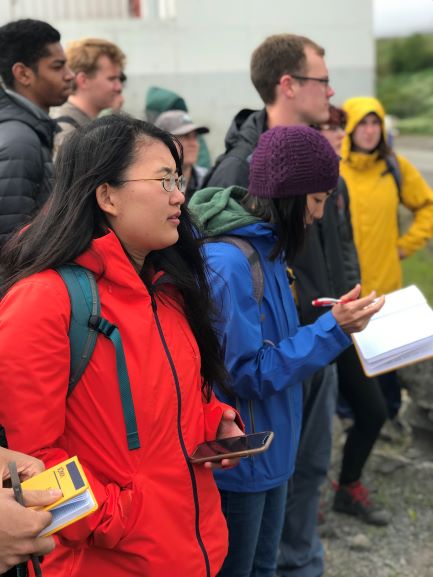
Students on the program examine hydroelectric, geothermal, wind, and solar power in the context of geographic, social, political, economic, and environmental impacts. “Carbon capture is not always thought of as being one of the important parts of the puzzle. But reclamation and reforestation are really important, especially in Iceland’s context,” said Stewart, who has a PhD in human-environment geography from the University of Colorado-Boulder.
“Iceland was once about 25 percent forested and now is only about two percent forest cover, so reforestation is recognized by Iceland to be an important way to achieve its Paris Agreement goals and a carbon neutral future.” she added.
Nash Keyes, an applied mathematics major at Yale who was on Stewart’s program, wrote in an email, “I feel lucky to have been a part of this program that is so conscious of its own impact, and very excited that trees will be planted in our name through SIT to offset our trip’s carbon footprint.”
- Read more from Nash Keyes about their program experience.
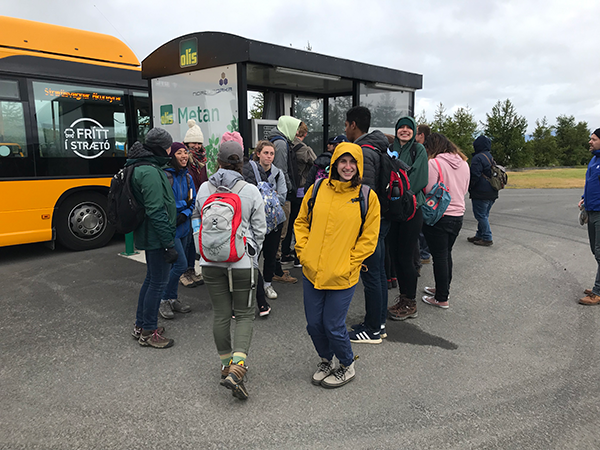
Since flight is an area where clean energy alternatives are not really a possibility yet, I am very happy we took action to mitigate its harm.
The carbon neutral plan began to take shape when Stewart recruited Sigurðarson as a lecturer for the program. Trained as an engineer, he works with Vistorka, an organization that coordinates green energy projects for the city, which boasts methane-fired public transportation, composting plants, biodiesel production and much more.
Sigurðarson coordinated student discussions with local officials involved in Akureyri’s energy programs, including the mayor, the chair of city council, the rector of the University of Akureyri, and the national energy company. He also reached out to the forestry bureau to explore how the SIT program could capture the carbon it produced when students flew from the US to Iceland and traveled around the country by bus.
Although Akureyri – a member of the Paris Agreement’s Global Covenant of Mayors for Climate and Energy – has made big strides toward net-zero energy with geothermal heating and hydropower for electricity, the city was stuck on how to get rid of fossil fuels resulting from air travel, Sigurðarson said. “We came up with a program last year for companies operating in Akureyri to plant one tree per domestic flight, and we assigned a special area in the outskirts of Akureyri that we’re calling the Flight Forest.”
We came up with a program last year for companies operating in Akureyri to plant one tree per domestic flight, and we assigned a special area in the outskirts of Akureyri that we’re calling the Flight Forest.
It will take up to 70 years for the 220 trees that SIT sponsors in the Flight Forest to capture the emissions produced by the program. But Stewart and Sigurðarson both anticipate the investment will pay dividends sooner than that in how the students approach climate change from now on.
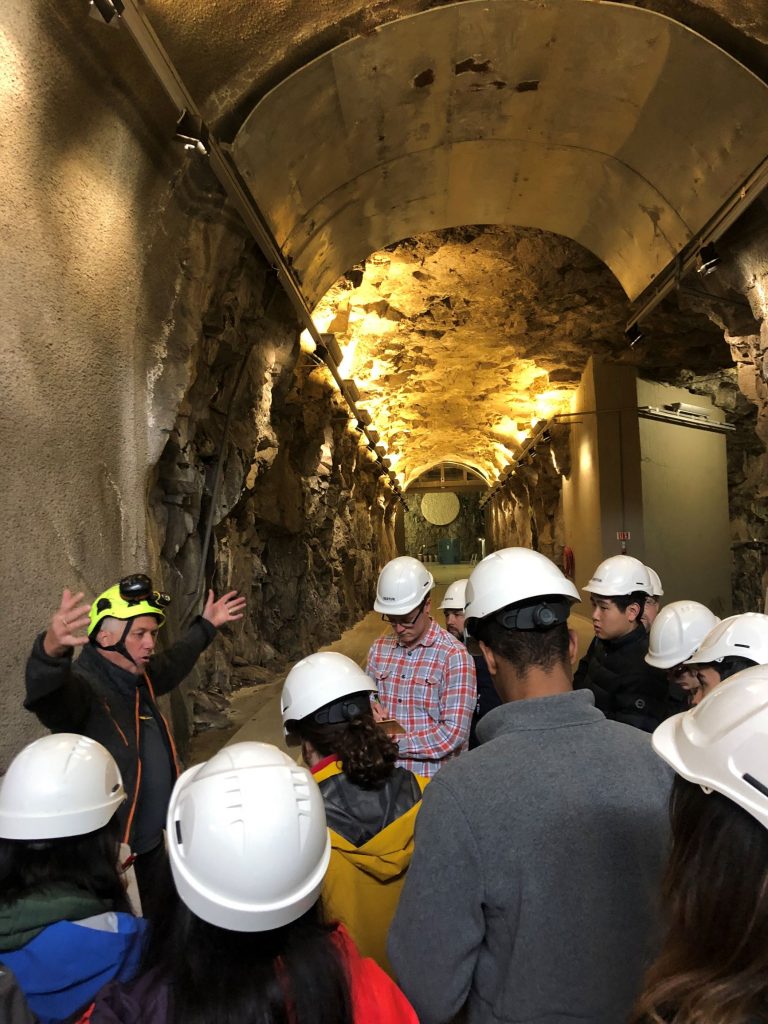
“My experience in Iceland and our opportunity to mitigate our carbon footprint made me much more educated about and conscious of my energy use, both in Iceland and at home,” Nash wrote. “While in Iceland, I felt that if all the energy I’m using is coming from plentiful, non-polluting renewable sources, I didn’t need to make as big an effort to limit my consumption. Back in the US now, however, I am thinking much more carefully about my energy use and where my energy comes from,” they said.
... students are in a context where climate change is not debated, it’s a reality, and the question is ‘how are we going to do this?’ It makes them part of the solution.”
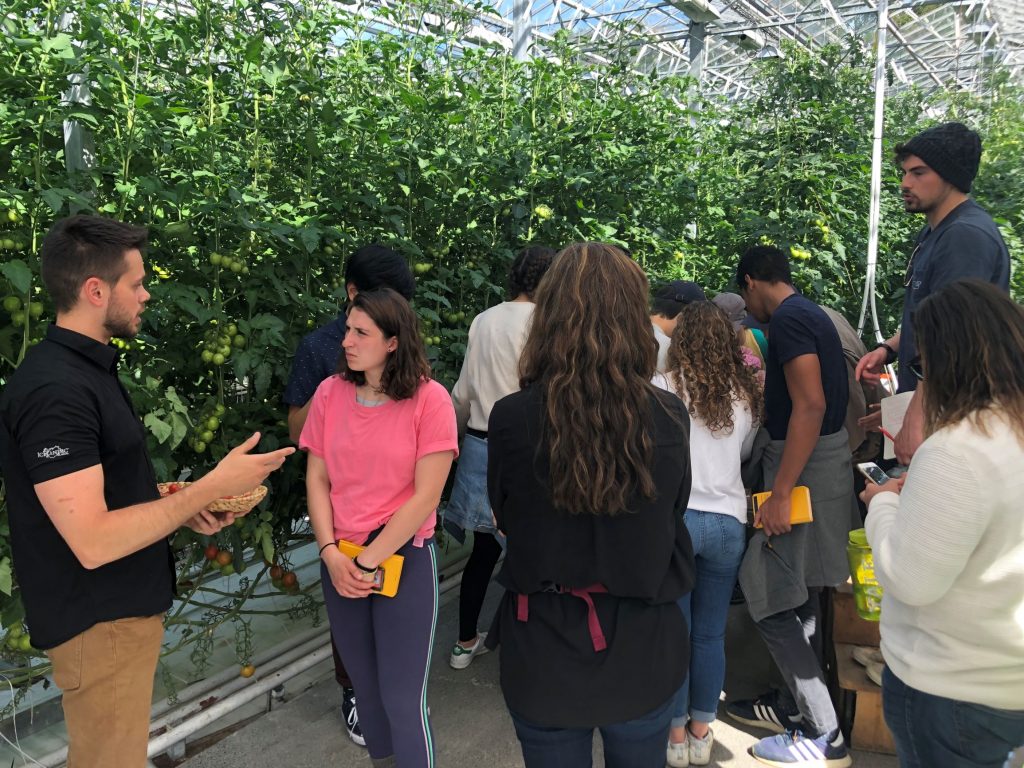
Stewart said unlike the U.S., where climate change is still questioned and can be a contentious issue, Iceland is proactively addressing the problem. “Iceland just passed a tax on putting waste in a landfill and they’re putting a price on carbon. So here, students are in a context where climate change is not debated, it’s a reality, and the question is ‘how are we going to do this?’ It makes them part of the solution.”
Sigurðarson says his work brings him into contact with students of all ages, as well as adults. “The difference is, when talking to students they realize that they have this task ahead. They know that they have to get involved somehow and they have to understand it."
Jessica Li, a sophomore at Yale, said, “It is so meaningful to know that our trip is carbon neutral as I, and I'm sure everyone else, was concerned about the conflict of learning to care for the environment while also contributing to its damage. … Since flight is an area where clean energy alternatives are not really a possibility yet, I am very happy we took action to mitigate its harm."
Nash said they appreciated not only how planting trees was connected to the program theme, but also that the effort was part of a plan that Icelanders had already put in place.
"In too many study abroad and service trips, foreign groups, especially American ones, come into a country or region without a lot of respect for local culture, society, and autonomy, and act as if they know better," Nash wrote. "This direct local engagement felt very fitting as a way to counteract that trend through contributing to a preexisting, Icelander-led program.”
In too many study abroad and service trips, foreign groups, especially American ones, come into a country or region without a lot of respect for local culture, society, and autonomy, and act as if they know better.
“From what I could see, my SIT program facilitated a respectful and non-exploitative interaction with Iceland, its resources, and its people, and in that way alone created a program that minimized our impact on the country," Nash added.
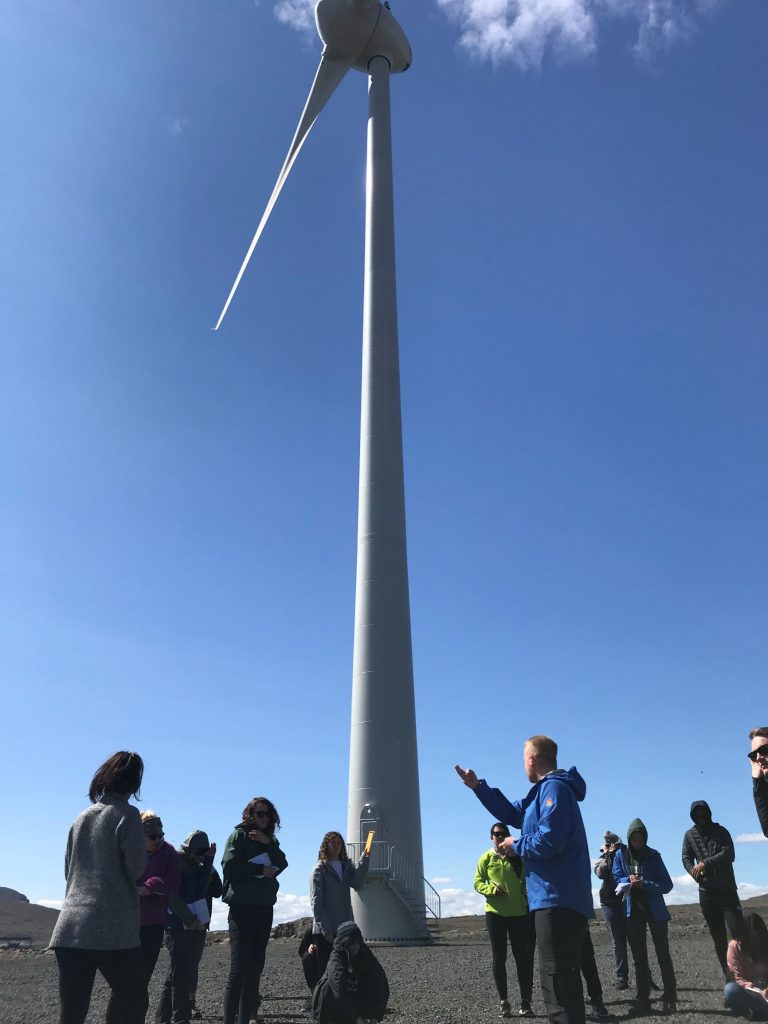
While Stewart emphasizes that her program’s efforts were a successful way to achieve carbon neutrality in Iceland at this time, she doesn’t believe in a one-size-fits-all approach for all SIT programs. “SIT must work closely with our global partners to identify the most effective and meaningful ways to reduce the carbon impacts of our programs. Our methods should be diverse and contextually relevant.”
